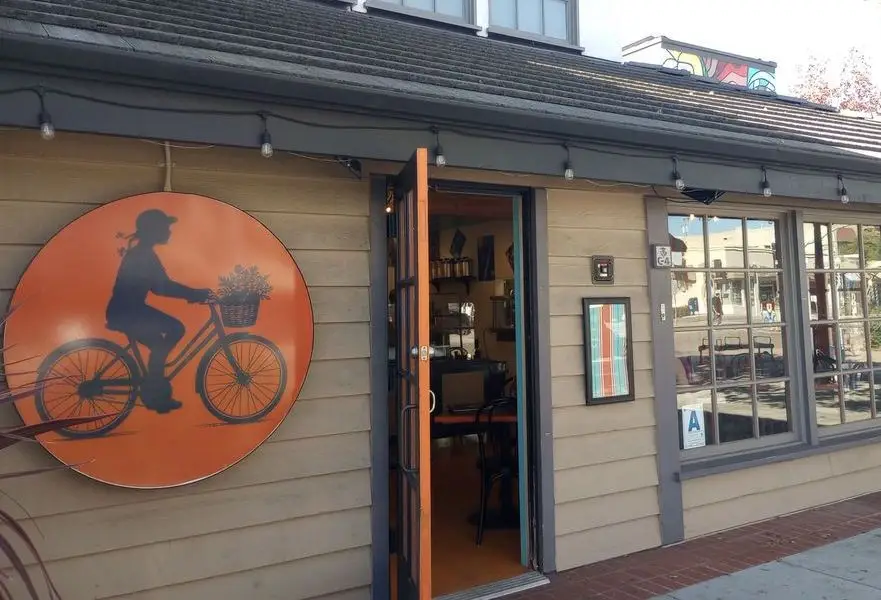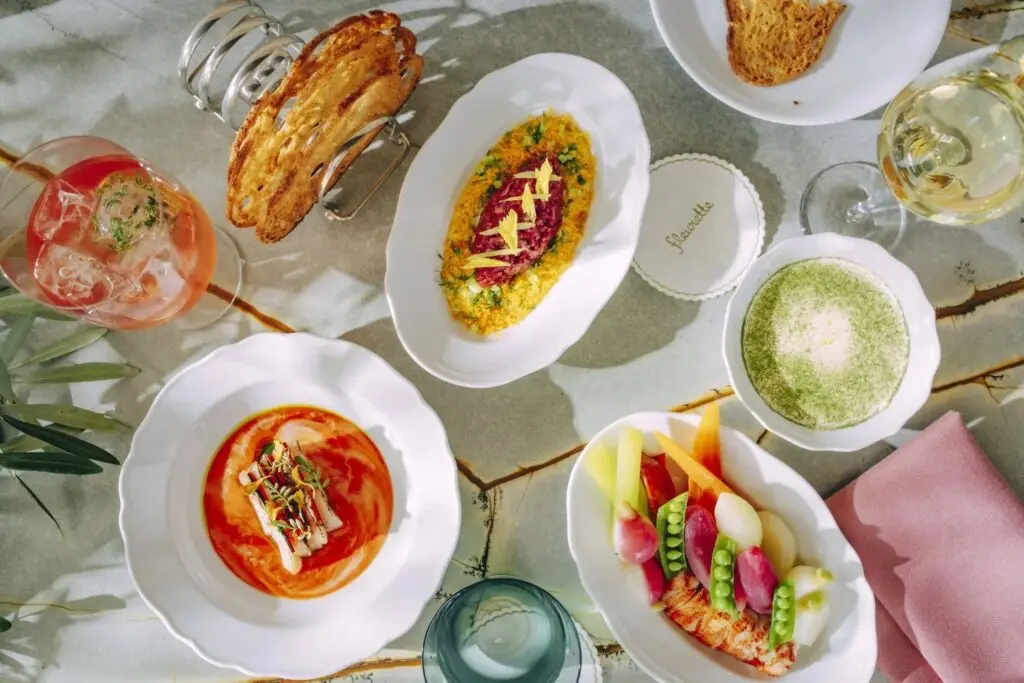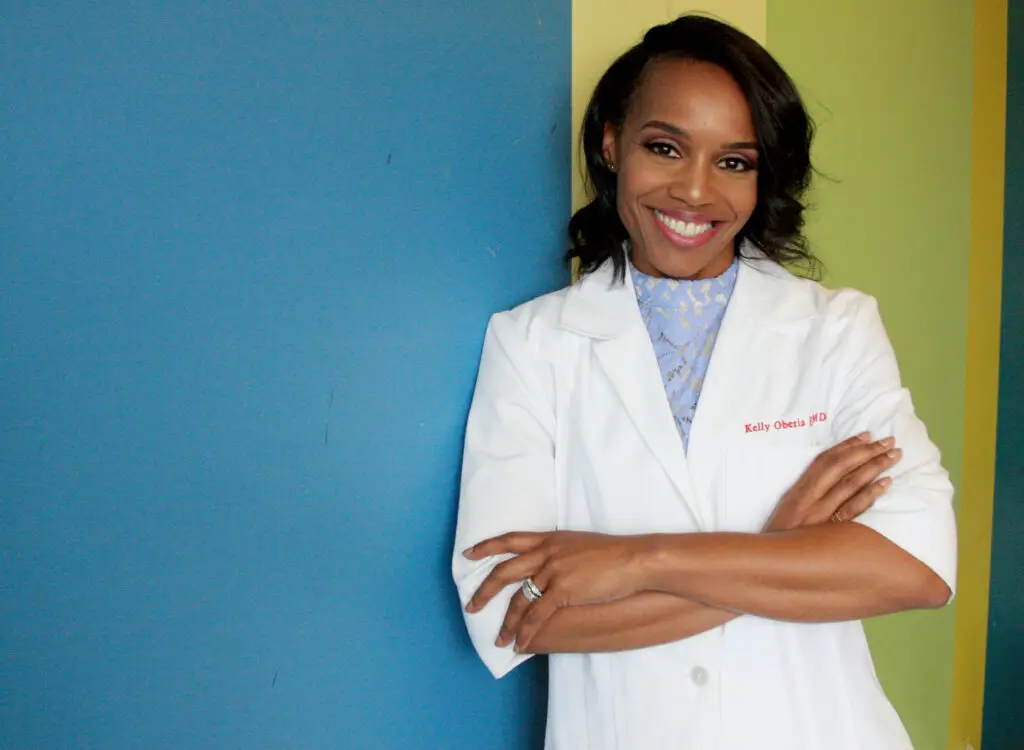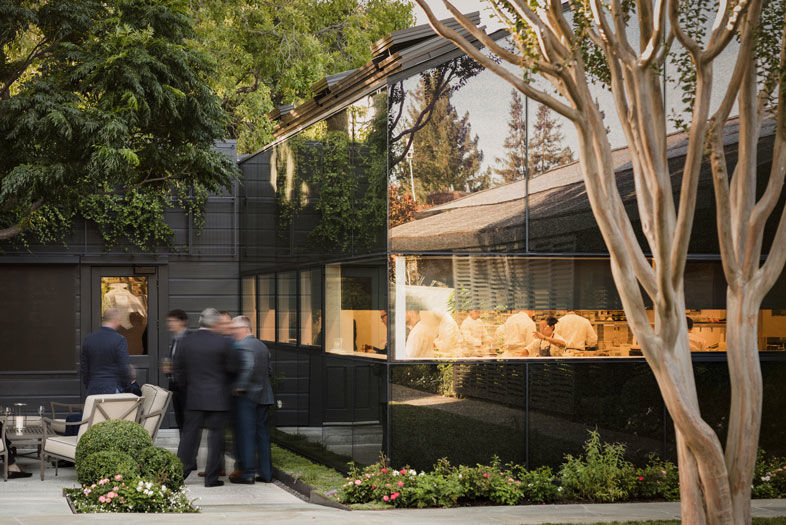My apologies for the tumbleweeds that loped across my blog the past two weeks. I got married to Claire, whom you’ll be reading about from now until my death, which I’ve promised her will be delayed. We just returned from our honeymoon and are quite poor now, which inclines me to write to earn some money.
We’d considered honeymooning at a resort on a white-sand beach within an Uber ride of the equator, a place where sloth may still be a deadly sin but it’s included in the package. But neither Claire nor I can resort for more than a couple days. My resort behavior usually goes something like this: I’m splendidly relaxed the first two days, then day three boredom leads me to discover I have a new favorite breakfast tequila, and by 2 p.m. my motor skills are somewhere between sloppy and de-boned, so I decide to text a famous musician I’m very loosely acquainted with, explaining once again that I got a college degree in poetry 20 years ago and asking if he wants to collaborate on some new songs. His reply is always the same, which is to change his number.
So Claire and I decided we’d take a 1,500-mile road trip through California. I’m a native. I’ve selfied in front of many attractions. I’ve seen the fog molest the Golden Gate, I’ve been to the desert with the famous trees named after white boys from the ’80s. But California is not small and I’ve missed some. For example, I’d never been to Yosemite, never stood in front of those rocks and said, “Jesus, look at those big rocks.” Claire, a native New Yorker, needed to see Malibu (she’s a very smart and cultured person, but has no shame about her curriculum of trashy reality TV, which is all filmed in Malibu, as god decreed).
As for the days in between? We decided to wing it. We had planned the wedding on our own (rather, Claire did, but we’re a team now and I don’t want her to sound alone in her endeavors). We were fine if we didn’t plan anything else for a little while or a decade. We might even sleep in our car, like a couple of Kerouacs, only without the drugs and in a temperature controlled Honda CRV with very reasonable gas mileage. So we packed blankets and La Croix and leftover wedding wine and processed meats and nuts, and just drove.
What the hell does this have to do with food? I’m getting to that. A day before we left, The French Laundry called. One of the most famous restaurants in the world, the petite, ivy-strewn farmhouse in Napa Valley is where chef Thomas Keller cooked food so well that people just formed cults on his doorstep, held seances over his remoulades. His veloute is Steph Curry’s jump shot. Even with a base dinner cost of $325 per person, reservations are mythically hard to get, booked months in advance and non-refundable.
And it’s not just Jeff Bezos and Bill Gates in the shockingly nondescript dining room, which does not have a plant wall or an Instagram wall nor a single Edison bulb. I know dozens of financially responsible middle-class people who have dined here—people who micromanage thermostats because their family’s warmth and comfort, while desirable, is not worth the gas. I know dishwashers who have saved up shift after shift to eat here.
Claire had put us on a waitlist months ago, and the woman on the phone announced they had an opening that Wednesday.
For most Americans, to dine at TFL is not a decision made lightly. Our dinner—with a bottle-and-a-half of excellent wine, plus an opt-in for the Italian white truffle course (never text a chef friend to ask if you should pay an extra $175 for truffles on a dish), and gratuity—would cost us $1,300.
As a Facebook friend said, that’s a Hawaiian vacation.
But to call the French Laundry “dinner,” at this point, is to call the pyramids of Giza “dust triangles.” It’s long surpassed the terrestrial confines of a meal. It’s a mecca for people who, at some point, decided the pursuit of great food and drink is one of their primary reasons to live. For those of us who’ve chosen a career in food, it’s almost mandatory coursework, part of the grand syllabus of a proper education.
The best young chefs in the country uproot their lives to come here. They rent suspect living quarters for weeks or months at a time, just for the chance to perfect their garlic slicing or hear whispers about the secret to see-through consommes. In the enclosed French Laundry courtyard, you can see dozens of them through the aquarium windows of the massive kitchen—heads down, monastically tending to a leek or a tendril of some arcane microgreen. In the corner, at the expediting table, a perch not unlike an umpire’s chair during a U.S. Open tennis match, stands longtime chef de cuisine David Breeden. After our meal, touring the kitchen, he explains that he designed every inch of it to his specifications, a chef’s dream, with the help of the creative team that designed One World Trade.
The best wine experts come to work at French Laundry, the kind of savants who can look at anonymous red juice in a glass and tell you the hillside it was grown in and the religion of its winemaker. And, because they work here, the sommeliers get high-security, retina-scan access to the rarest wines in the world (a good portion of which are grown by their neighbors in Napa).
One of the biggest keys to TFL’s enduring reputation is the patch of earth directly across the adorable, leaf-strewn, two-lane road, the Rodeo Drive of Yountville. It’s the French Laundry gardenfarm, divided into 52 plots. Walking the garden, we see the almost pornographically fertile soil. We see carrots and rosemary and chard and microgreens and chickens and a child’s shoe (seriously, if your child is missing one, it’s by the Jerusalem artichokes). They don’t fence it off. It’s open to anyone, anytime, even includes a map of what’s growing where—”Blue Wind” broccoli, Hakurei turnips, Jerusalem artichokes, Albion parsnips, Red Dragon cabbage, “Red Ace” beets, “Mokum” carrots, “Quickstar” kohlrabi, “Orazio” fennel, “Veronica” cauliflower, etc. The day we’re there, the map is incorrect (it’s September’s map, and we’re there in November).
This is a very important point. The fact that I’m not only mentioning it, but also kind of surprised and even disappointed—that a restaurant doesn’t meticulously update and print out its public garden map—speaks to the insane attention to detail French Laundry has trained its fans to expect. They’re so precise and exact and obsessively compulsed over the concept of not only the perfect meal—but the perfect all-encompassing holistic food experience from seed to puree—that they’d probably be disappointed in themselves if they ever read this.
That can’t be healthy in the long-run, but it bodes well for dinner.
They harvest that garden twice a day for each dinner service. Twice. A. Day. Real “farm to table” cuisine became such a worldwide phenomenon and catchphrase for a good reason. Which is, the flavor and texture and nutrient density of any food we grow takes a slow, steady nosedive the second it’s picked from the earth. No tomato tastes as good as the one eaten straight from a soily farmer hand. For a serious chef, the ground is the most important sous chef.
So the farm-to table you’re getting at French Laundry—unless the farmer sucks, and I’m guessing he or she probably doesn’t—is about as prime and peak and delicious as anything grown in the earth can be.
Standing outside the restaurant, about to spend more money than I have any right to—an amount that feels almost gross, indecent, the epitome of first-world whim—I have so many questions. Will the food be that much better than the thousands of meals I’ve eaten in my 12-year career as a food writer? Will the service be stuffy, make me feel like I’m trespassing in a tax bracket I haven’t yet earned? Will they give me “Oysters and Pearls,” and is the legendary dish really the “Hey Jude” of food, the very best thing? Do I have the right mouth to correctly appreciate the veloute? And the big question, that everyone asks—is it worth it?
We are greeted outside by a friendly gentlemen in a suit, a sort of Peter at the pearly gates. He leads us through the door. It’s dark in here.
Click here to read the rest of the story and the answers to all the readers’ questions.
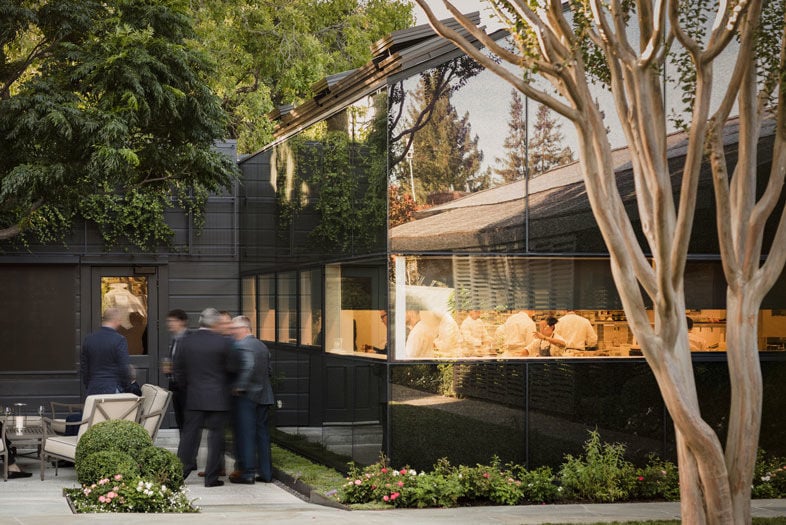
The French Laundry Experience, Part I
PARTNER CONTENT
Photo by Michael Grimm

